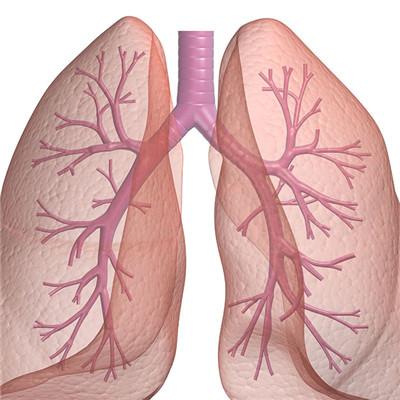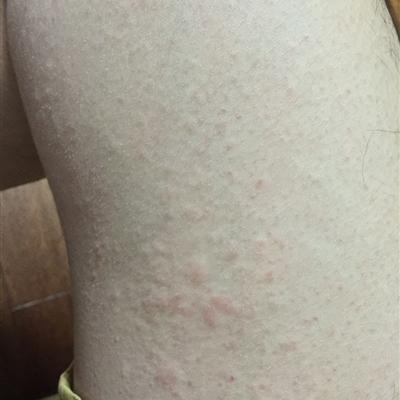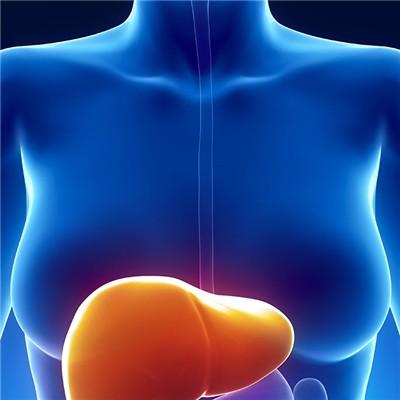Symptoms of giant cell tumor of bone?
summary
Giant cell tumor of bone was first discovered by Jaffe in 1940. It is one of the most common primary bone tumors. The origin of giant cell tumor of bone is unknown, and it may originate from mesenchymal tissue in bone marrow. Giant cell tumor of bone is highly invasive and has a great effect on bone erosion and destruction. A few of them have reactive new bone formation and self-healing tendency. They can pass through the bone cortex to form soft tissue mass. The recurrence rate is high after curettage. A few of them can have local malignant transformation or lung metastasis (so-called benign metastasis). Giant cell tumor of bone is a low grade or potential malignant tumor. Symptoms of giant cell tumor of bone? Let's talk about it
Symptoms of giant cell tumor of bone?
The main clinical manifestations of giant cell tumor of bone are pain or dull pain, occasionally severe pain and nocturnal pain, which are the main reasons for patients to seek medical treatment. Some patients have local swelling, which may be related to bone swelling.
When the lesion penetrated the bone cortex and invaded the soft tissue, the local mass was obvious. Patients often have tenderness and increased skin temperature, which is one of the bases for judging postoperative recurrence. In the active phase, the blood supply of the tumor was abundant. Angiography showed diffuse vascular network entering the tumor, which was similar to the image of malignant tumor.
The movement of adjacent joints was limited. For example, presacral mass can compress the sacral plexus, cause severe pain, and compress the rectum, resulting in difficult defecation.
matters needing attention
If giant cell tumor of bone is malignant, large in scope, with soft tissue infiltration or postoperative recurrence, local resection or amputation should be considered according to the specific situation. In some cases, artificial joint or arthrodesis can be considered if the joint is not functional after tumor resection (such as femoral neck).













